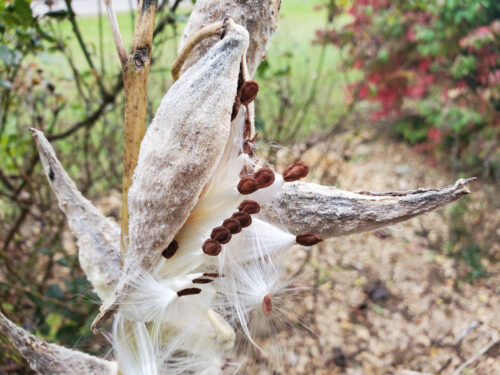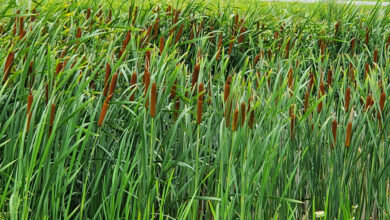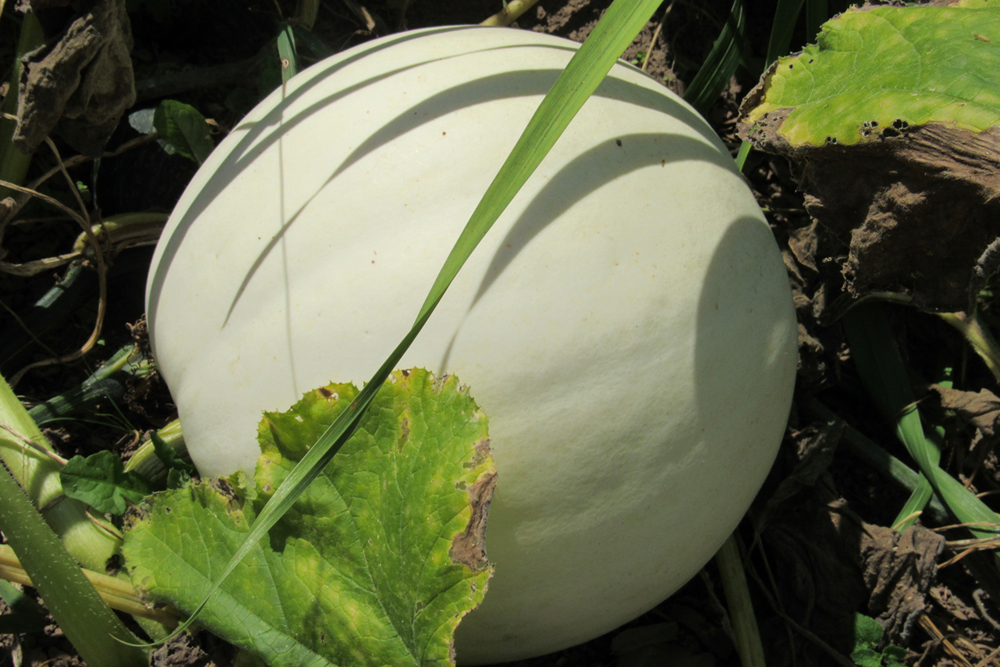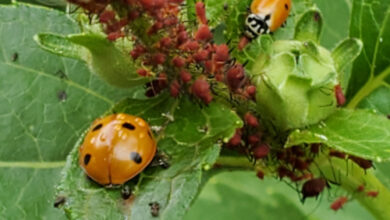Seed pellets will help farmers increase biodiversity

One of the best ways to maintain the health of your landscape and increase yields of vegetables, fruits, and flowers is to create a biodiverse garden that attracts beneficial insects and birds. For row-crop farmers, creating a biodiverse field is difficult, but an innovative multi-seed pellet developed by researchers at Cornell University will help commercial growers plant milkweed and wildflower seeds with equipment they already own.
An article published in the Cornell Chronicle on September 11, 2024, details how researchers at Cornell are working with partners in the agricultural industry to create a multi-seed pellet that is the same shape and density as corn seeds, allowing the pellets to be used in planters.
Earlier versions of the pelleted seeds were too large for planting equipment, but improved corn-shaped milkweed and wildflower pellets have been planted at a Cornell research farm and will break dormancy over the winter. The seeds will emerge and grow in the spring of 2025.
Professors and researchers at Cornell say the idea of planting milkweed and wildflower seeds to attract beneficial insects to row crop fields began with casual conversations ten years ago.
Typically, pollinator plants like milkweed are transplanted as seedlings, but such a labor-intensive project has made it difficult for growers to embrace planting strips of flowering plants near corn and other fields.
The Cornell Chronicle article states that the government and scientists have advocated for growers to plant wildflower buffer strips around fields to attract beneficial insects, which can help with pollination to increase yields as well as attract predator insects that prey on crop pests.
The pellets hold multiple seeds of a single species. The milkweed pellets are formulated with three different milkweeds – common, swamp and butterfly; and the wildflower pellets contain purple coneflower, wild bergamot and black-eyed Susan. Three-D molding technology simulates the size and shape of a corn seed.
Cornell researchers note that monarch butterflies (which are dependent on milkweed plants for their caterpillars and as sources of nectar) are our national insect and populations have dropped so low, monarchs are being considered for listing on the endangered species list.
In the article, Antonio DiTommaso, professor in the Soil and Crop Sciences Section in the School of Integrative Plant Science in the College of Agriculture and Life Sciences at Cornell, noted that to truly improve biodiversity, large-scale plantings of milkweed and wildflowers, like those provided in the crop buffer strips, are required.
Cornell researchers have a patent pending for the multi-seed pellet technology through Cornell’s Center for Technology Licensing, the article says.







